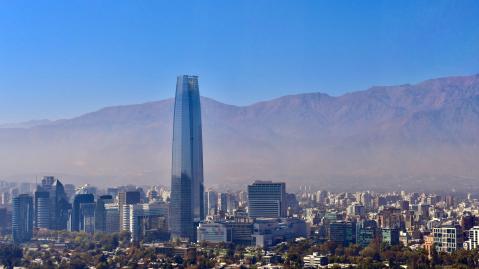Chile publishes Climate Change Framework Law, paving the way for market-based policy

On 13 June 2022, Chile published its Climate Change Framework Law. Originally introduced to Congress in January 2020, it contains a carbon neutrality goal for 2050, as well as a description of the national, regional, and local climate policies that Chile will use to achieve this. These include Chile’s NDC, Long-Term Climate Strategy, Climate Change Financial Strategy, and sectoral mitigation and adaptation plans.
Article 14 of the law mandates the Ministry of Environment to specify GHG emission limits for a range of sources, based on a system of emission standards set by technology, sector, or activity. GHG emission limits may be set for individual or groups of installations. If set in aggregate, GHG emission limits could be akin to a cap. Furthermore, according to Article 15, regulated entities who perform better than their standard are to have their surplus emission reductions certified. These may then be used by other regulated entities for compliance with their respective emission standards. GHG reduction or removal certificates from projects implemented within Chile may also be used for compliance with the emission standards.
This hints at the development of a tradable performance standard system, though details of the potential instruments specified in Articles 14 and 15 are yet to be defined. Eventually, the GHG emission limits, standards, and certification procedures should be determined by the Ministry via a set of decrees (“decreto supremo”). As a next step, the Ministry will develop guiding regulations specifying the minimum content of the decrees and outlining requirements for technical and economic analyses and stakeholder consultations. These regulations are expected to be published by June 2023, within a year from the date of the law’s publication.
Moreover, Article 37 provides a basis for the development of market, fiscal, and financial-based instruments to achieve the objectives of Chile’s NDC, Long-Term Strategy, and Climate Change Financial Strategy. According to this Article, such economic instruments should be designed to internalize the environmental, social, and economic costs of GHG emissions, as well as realize the benefits of abatement activities, risk reduction, and climate change adaptation. According to a government official from the Ministry of Energy, the law could thereby lay the foundation for a potential future ETS.

